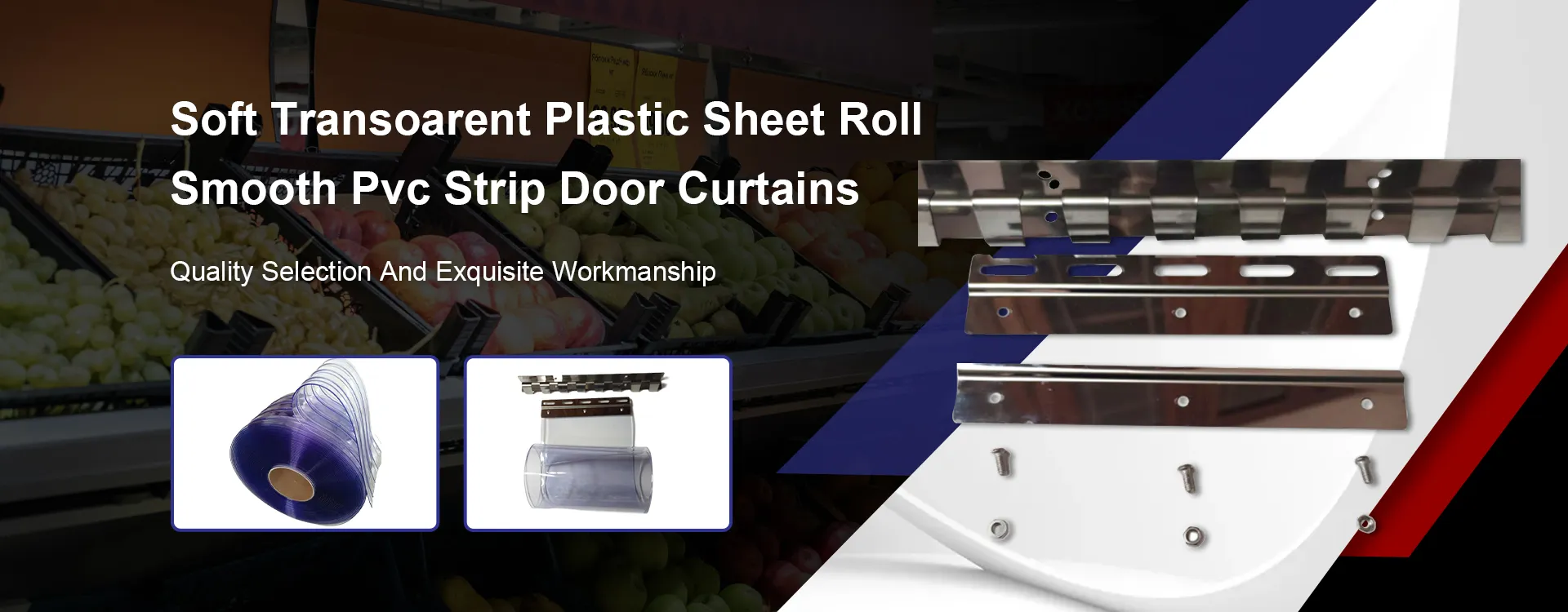- Afrikaans
- Albanian
- Amharic
- Arabic
- Armenian
- Azerbaijani
- Basque
- Belarusian
- Bengali
- Bosnian
- Bulgarian
- Catalan
- Cebuano
- Corsican
- Croatian
- Czech
- Danish
- Dutch
- English
- Esperanto
- Estonian
- Finnish
- French
- Frisian
- Galician
- Georgian
- German
- Greek
- Gujarati
- Haitian Creole
- hausa
- hawaiian
- Hebrew
- Hindi
- Miao
- Hungarian
- Icelandic
- igbo
- Indonesian
- irish
- Italian
- Japanese
- Javanese
- Kannada
- kazakh
- Khmer
- Rwandese
- Korean
- Kurdish
- Kyrgyz
- Lao
- Latin
- Latvian
- Lithuanian
- Luxembourgish
- Macedonian
- Malgashi
- Malay
- Malayalam
- Maltese
- Maori
- Marathi
- Mongolian
- Myanmar
- Nepali
- Norwegian
- Norwegian
- Occitan
- Pashto
- Persian
- Polish
- Portuguese
- Punjabi
- Romanian
- Russian
- Samoan
- Scottish Gaelic
- Serbian
- Sesotho
- Shona
- Sindhi
- Sinhala
- Slovak
- Slovenian
- Somali
- Spanish
- Sundanese
- Swahili
- Swedish
- Tagalog
- Tajik
- Tamil
- Tatar
- Telugu
- Thai
- Turkish
- Turkmen
- Ukrainian
- Urdu
- Uighur
- Uzbek
- Vietnamese
- Welsh
- Bantu
- Yiddish
- Yoruba
- Zulu
industrial curtain
The Importance and Benefits of Industrial Curtains in Modern Warehouses
In the evolving landscape of modern manufacturing and warehousing, maintaining an efficient, organized, and safe environment is paramount. One of the key innovations that has emerged to meet these needs is the industrial curtain. Often overlooked, industrial curtains offer versatile solutions that enhance operational efficiency while addressing specific challenges inherent in industrial settings.
What are Industrial Curtains?
Industrial curtains, also known as partition curtains, are made from durable materials designed to separate spaces within a warehouse or manufacturing facility. These curtains can delineate work areas, control temperature, manage dust and debris, and even enhance sound insulation. Available in various sizes, colors, and materials, they can be customized to fit specific operational requirements while providing a flexible solution to spatial organization.
Versatility in Workspace Organization
One of the primary advantages of industrial curtains is their versatility. Unlike traditional walls and partitions, curtains can be easily installed, moved, or removed as business needs change. This flexibility is especially beneficial in environments where workflows are dynamic. For example, during peak production times, a facility may require more space for assembly lines, while during off-peak periods, that space can be minimized and reconfigured using curtains.
Moreover, curtains can create temporary zones for different tasks, such as packaging, storage, or assembly. This zoning helps streamline operations by minimizing cross-contamination between areas and ensuring a more organized workflow. Employees can work more efficiently when the layout is tailored to specific tasks.
Climate Control and Energy Efficiency
Temperature control is another critical factor in industrial settings. Many facilities require careful management of heat, humidity, and air quality, especially when handling sensitive materials or products. Industrial curtains can serve as effective thermal barriers, helping to maintain desired climates in different sections of the facility.
By using industrial curtains for containment, companies can reduce heating and cooling costs. For instance, if a company produces temperature-sensitive goods, they can employ these curtains to create controlled environments without the need for extensive renovations. This method is not only cost-effective but also energy-efficient, reducing the carbon footprint of industrial operations.
industrial curtain

Dust and Debris Management
In many manufacturing processes, dust, debris, and airborne contaminants can create significant safety hazards and quality control issues. Industrial curtains act as effective barriers against these particulates. By isolating production areas from dust-generating processes, companies can maintain a cleaner environment that supports compliance with health and safety regulations.
Additionally, these curtains can aid in reducing noise pollution. In busy manufacturing plants, significant noise levels can hinder communication and lead to potential safety hazards. Industrial curtains designed with sound-dampening materials can significantly reduce noise impact, creating a safer and more productive atmosphere for workers.
Cost-Effectiveness
Implementing industrial curtains is often more cost-effective than traditional wall construction. The material costs for curtains are typically lower, and installation can be completed quickly, minimizing downtime. This advantage allows companies to adapt more rapidly to changing production demands without incurring substantial overhead costs associated with fixed constructions.
Furthermore, the durability of industrial curtains means they can withstand the rigors of industrial environments. Made from materials like vinyl or heavy-duty polyester, these curtains resist wear and tear, ensuring longevity and reliability. In the long run, this durability saves companies on maintenance and replacement costs.
Enhancing Employee Safety
The safety of employees is a top priority in any industrial setting. By using curtains to segregate hazardous areas, companies can establish clear boundaries that protect employees from potential dangers, such as machinery or chemicals. Furthermore, these curtains can also be used to create safe zones during emergency situations, allowing clear evacuation routes and reducing panic.
Conclusion
Industrial curtains are a smart and efficient solution for modern warehouses and manufacturing facilities. Their versatility, cost-effectiveness, and effectiveness in managing environmental factors make them an invaluable asset for businesses looking to enhance their operational efficiency. As industries continue to evolve and adapt to new challenges, industrial curtains will play a crucial role in optimizing workspaces and ensuring the safety and productivity of employees. Embracing this innovative solution is not just about aesthetic improvement; it's about fostering an environment that thrives on efficiency and safety.
-
Transparent PVC-Folie – Flexible & Durable Clear Plastic Sheets for Versatile UseNewsJul.05,2025
-
High-Quality Cold Room Door Curtains Durable PVC Strip Curtains for Cold StorageNewsJul.05,2025
-
Shop Yellow Ticking Stripe Curtains – Classic Style, Durable Fabric, Multiple Colors AvailableNewsJul.05,2025
-
Plastic Curtain for AC – Energy Saving & Easy Installation Perfect for Room and Freezer UseNewsJul.04,2025
-
Industrial Strip Curtains - Durable PVC & Plastic Solutions for Industrial DoorsNewsJun.24,2025
-
PVC Curtain Strip – Durable Standard PVC Strips for DoorsNewsJun.10,2025



